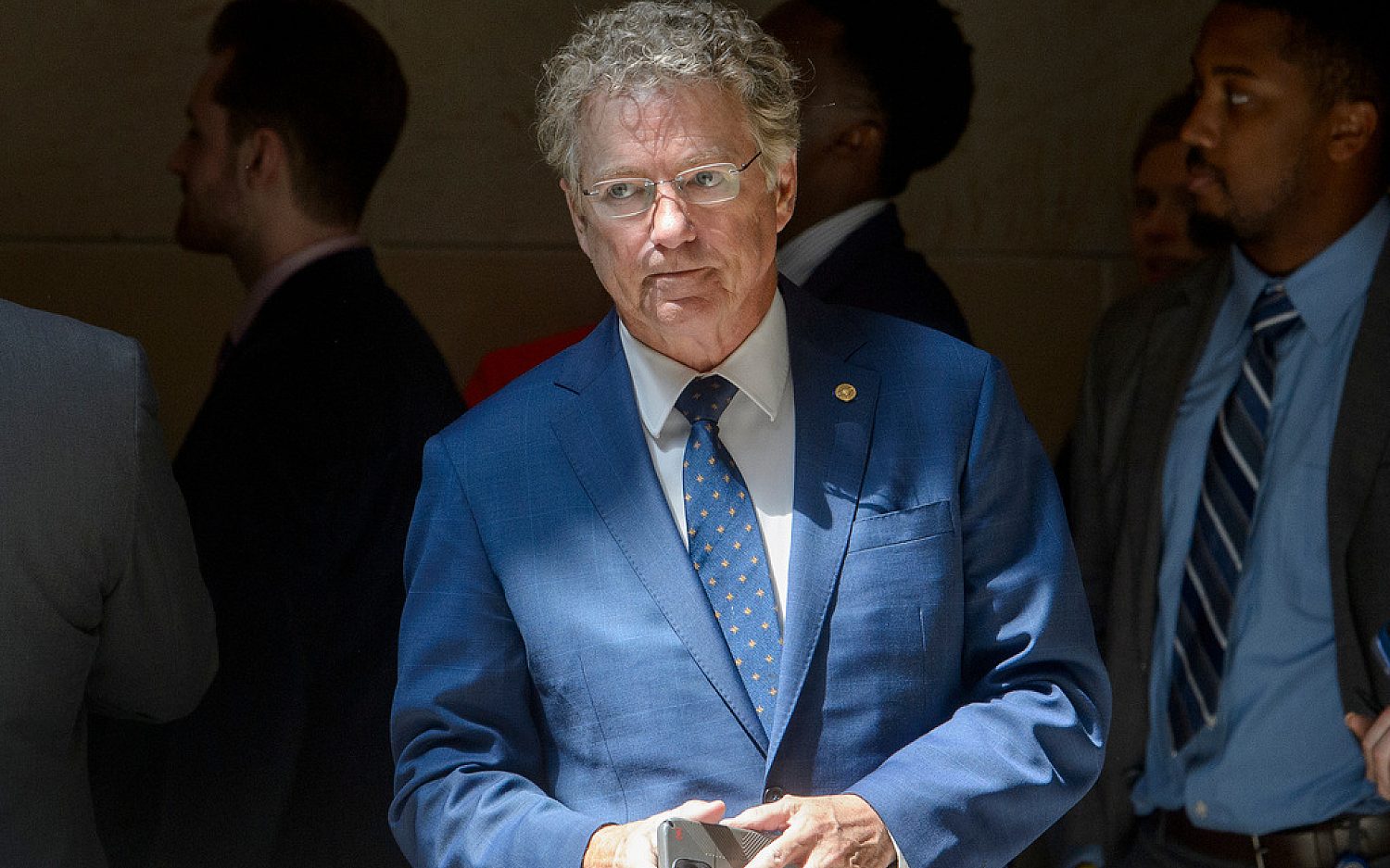Fewer babies but not necessarily less sex for teens
The teen birth rate in the United States has dropped to a historic low, according to preliminary 2012 data released last week by the Centers for Disease Control and Prevention (CDC). The rate of babies born to teenage mothers is less than half of what it was in 1991—from 61.8 births per 1,000 teenagers to 29.4.
But the lower numbers don’t mean fewer teens are having sex. Rather, society’s new moral good is having “safe sex,” replacing the once-common call for abstinence. With easy access to contraceptives and lax sexual education programs, the message to teenagers is, “Have sex. Just don’t get pregnant.”
And the stats match up to this new normal. According to a 2013 study by the Guttmacher Institute, 1 in 3 16-year-olds and almost 3 in 4 19-year-olds are sexually active. Of these teens, a study found that “more than 80 percent of 16-year-olds used a method at first sex, and by one year following first sex, 95 percent of those teens had used contraception.”
Another factor keeping teens from having babies is the introduction of emergency contraceptives 15 years ago, including abortifacients such as Ella and Plan B. In some cases, the drug keeps embryos from implanting in the uterus, destroying the conceived life. So while fewer teens ages 15-19 are having abortions—14.3 per 1,000 teenagers in 2009, compared to 37.6 in 1991, according to the CDC—this rate does not include emergency contraception.
The family planning industry, however, is heralding the news as a victory for society at large. Sarah Brown, CEO of the National Campaign to Prevent Teen and Unplanned Pregnancy announced on her organization’s website, “The stunning turnaround in teen births is truly one of the nation’s great success stories of the past two decades.”
The CDC study also found that in 2012, 2 in 5—40.7 percent—of births, were to unmarried mothers, up from roughly 1 in 5 births in 1980. Only 17 percent of these single mothers are teens, revealing a new social acceptance of adults having children without first getting married.
Heritage Senior Fellow Robert Rector reports that children of single-parent families are more likely to “have emotional and behavioral problems; be physically abused; smoke, drink, and use drugs; be aggressive; engage in violent, delinquent, and criminal behavior; have poor school performance; and drop out of high school.” Children born to married women are 82 percent less likely to live in poverty than children of single parents.
“The U.S. is rapidly evolving into a two caste system with marriage and education at the dividing line," Rector said. “Children in the top half of the population are born to married couples with a college education; children in the bottom half are born to single mothers with a high school degree or less.”
The Associated Press contributed to this report.
An actual newsletter worth subscribing to instead of just a collection of links. —Adam
Sign up to receive The Sift email newsletter each weekday morning for the latest headlines from WORLD’s breaking news team.




Please wait while we load the latest comments...
Comments
Please register, subscribe, or log in to comment on this article.